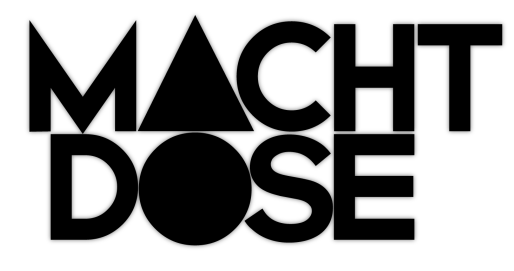In this excellent debut episode of their »The Art of Punk« series, MOCAtv* dissects the art of the legendary Black Flag, from their iconic four bars symbols, to their coveted and now collectable gig flyers, singles, and band t-shirts, all depicting the distinctive Indian ink drawn image and text by artist Raymond Pettibon.
»The Art Of Punk« traces the roots of the punk movement and the artists behind the iconic logos of punk bands such as Black Flag (Raymond Pettibon), The Dead Kennedys (Winston Smith) and Crass (Dave King). The stories behind the art of the Dead Kennedys will debut on June 18, and June 25 will see the release of the Crass episode, all of which will be available at: www.youtube.com/MOCAtv. Filmmaker Bryan Ray Turcotte also posted the following Black Flag flyers and many more of his remarkable collection on Noisey.




*MOCAtv is a contemporary art video channel, developed as a digital extension of the education and exhibition programming of the Museum of Contemporary Art, Los Angeles.














